Stunning large bronze sculpture depicting Christ on the cross. Total height 118 cm. (Christ H 61 cm.).
The cross is made of bronze and ebony
Exemplar in Unique Variant (Unique Exemplar).
Work authenticated by the Giacomo Manzù Foundation
Giacomo Manzù's sculpture is considered by art historians as an important example of mediation between humanism of the Latin and Catholic traditions and the influences of the second half of the twentieth century.
BIOGRAPHY
The eleventh child of a couple of humble origins, Giacomo learned woodcarving and became interested in sculpture from an early age. After a brief stay in Paris, he moved to Milan in 1929, where he participated in an exhibition at the 'il Milione' gallery and where he was commissioned by architect Giovanni Muzio to decorate the chapel of the Catholic University (1931 - 1932). Some of his works are exhibited first at the 1933 Milan Triennale and then at the 'Cometa' gallery in Rome. From 1939 to 1942 he worked on a series of bronze bas-reliefs of religious subjects entitled Christ in Our Humanity. These are Depositions and Crucifixions that do not meet with the favor of the ecclesiastical authorities, but are intended to symbolize the horrors of the ongoing war. In 1940 he obtained a chair in sculpture at the Brera Academy of Fine Arts, but soon moved to Turin and began teaching sculpture at the Accademia Albertina. In 1943 his nude Francesca Blanc won the prize at the Quadriennale in Rome. When the war ended, he returned to teaching, first at the Brera Academy, until 1954, and then in Salzburg, until 1960. There he met Inge Schabel, by whom he had two children. In the meantime he worked on several monumental doors: the Door of Death for St. Peter's Basilica in the Vatican (1964), the Door of Love for Salzburg Cathedral (1955 - 1958), and the Door of Peace and War for St. Laurens Church in Rotterdam (1965 - 1968). In 1964 he moved to a villa near Ardea, near Rome. During this period he returned to the figurative style with works of explicit erotic character, such as the Artist with Model, Lovers and Strip-tease. In 1977 he made the Monument to the Partisan in Bergamo. In 1979 he donated his entire collection to the Italian state. From 1989 is his last major work, a 20-foot-tall bronze sculpture placed in front of the UN headquarters in New York.




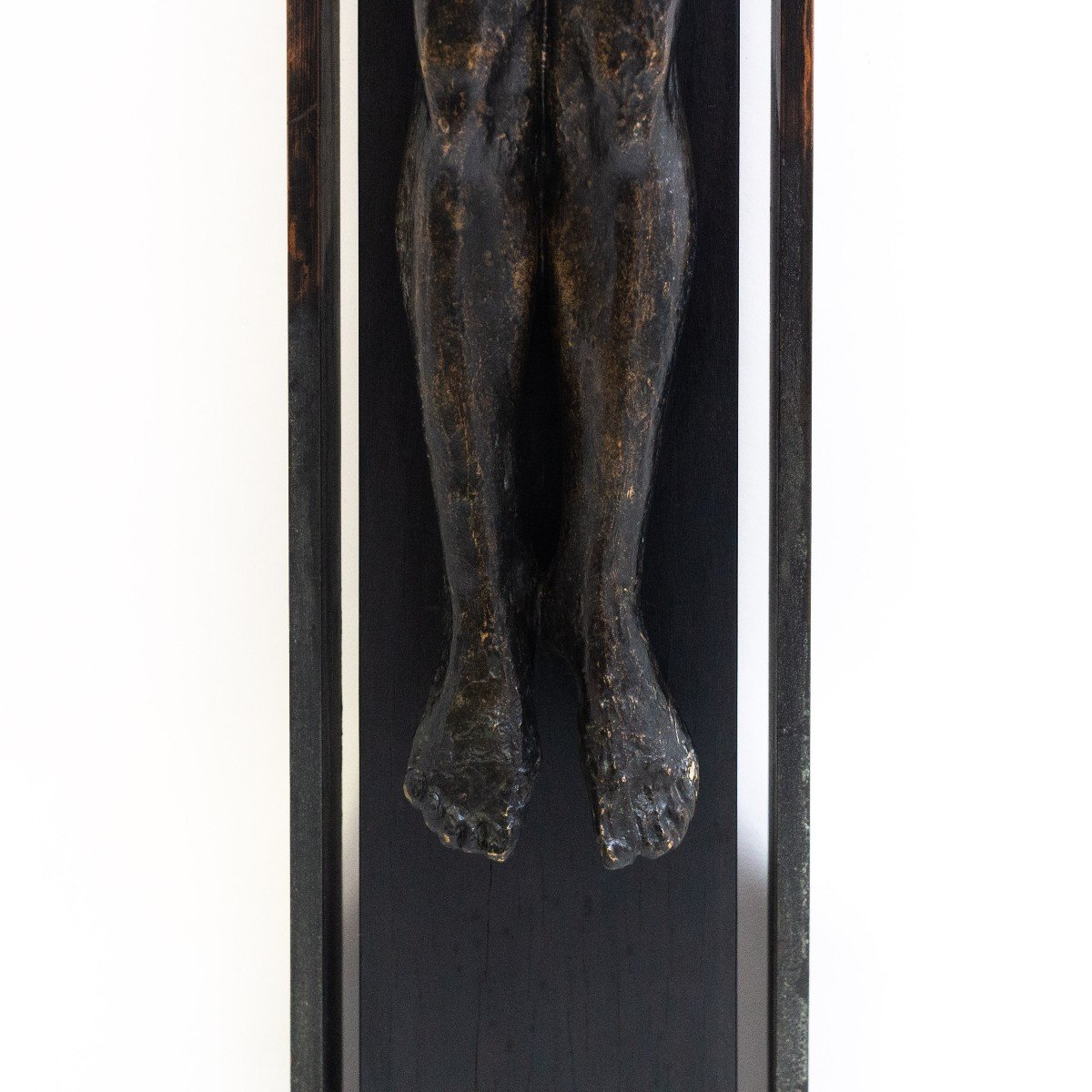

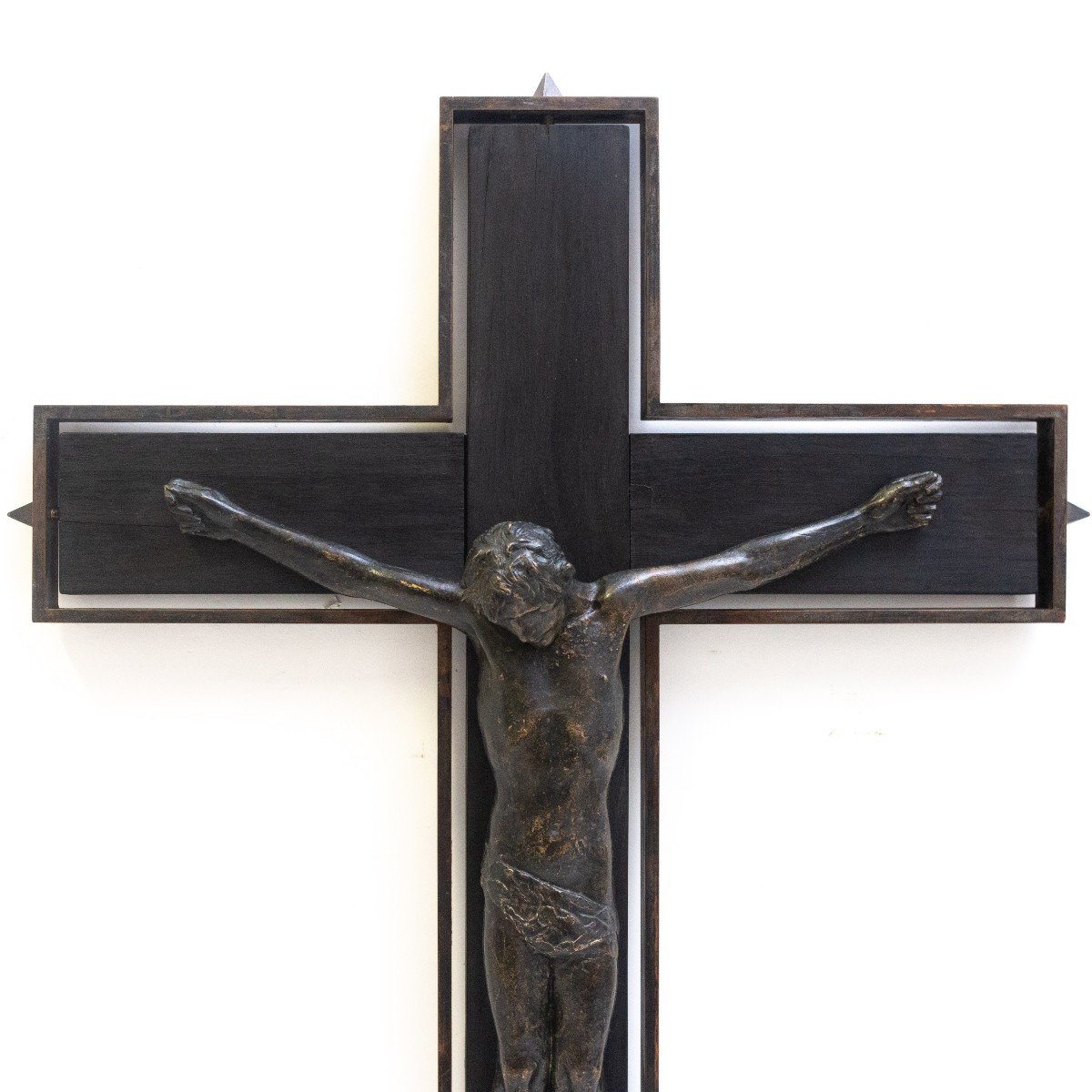



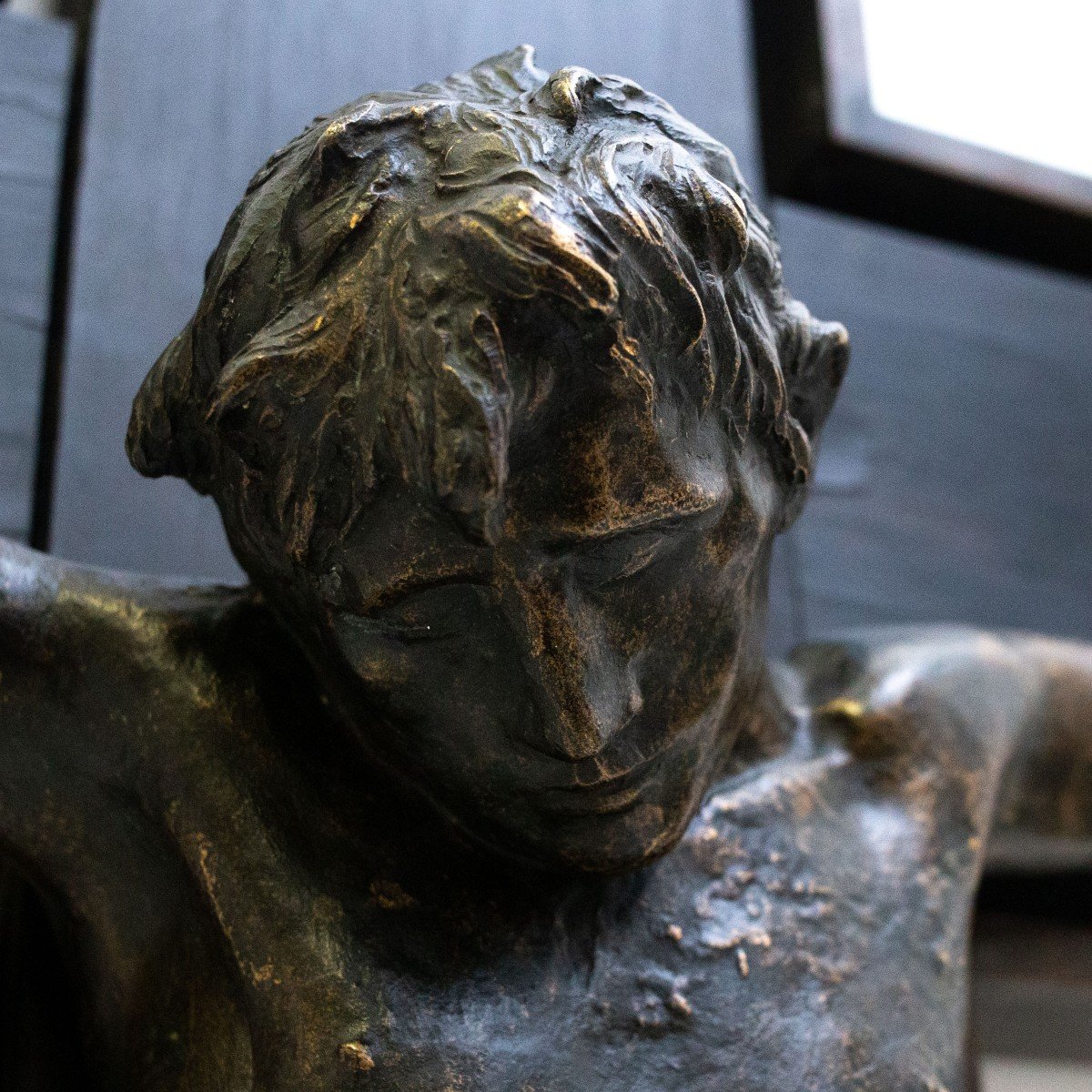
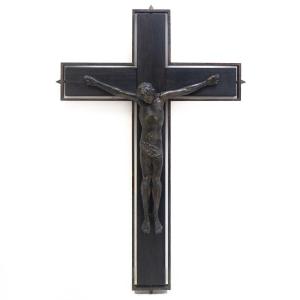










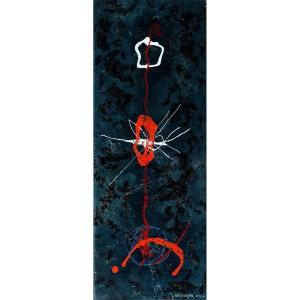
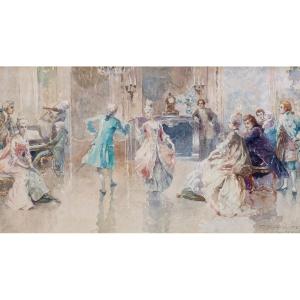
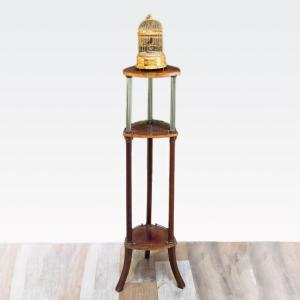
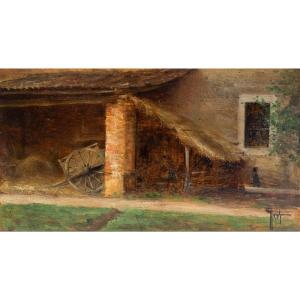

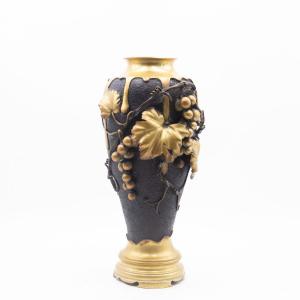


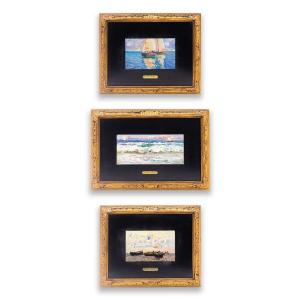

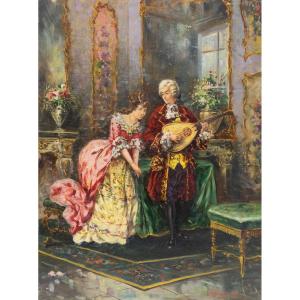
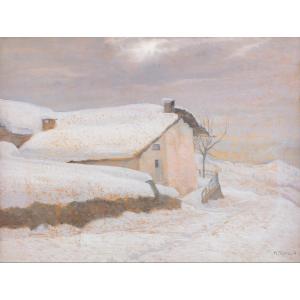
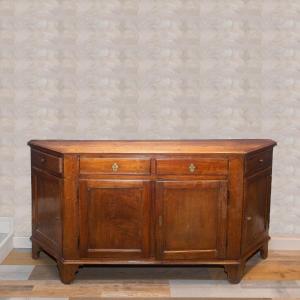








 Le Magazine de PROANTIC
Le Magazine de PROANTIC TRÉSORS Magazine
TRÉSORS Magazine Rivista Artiquariato
Rivista Artiquariato